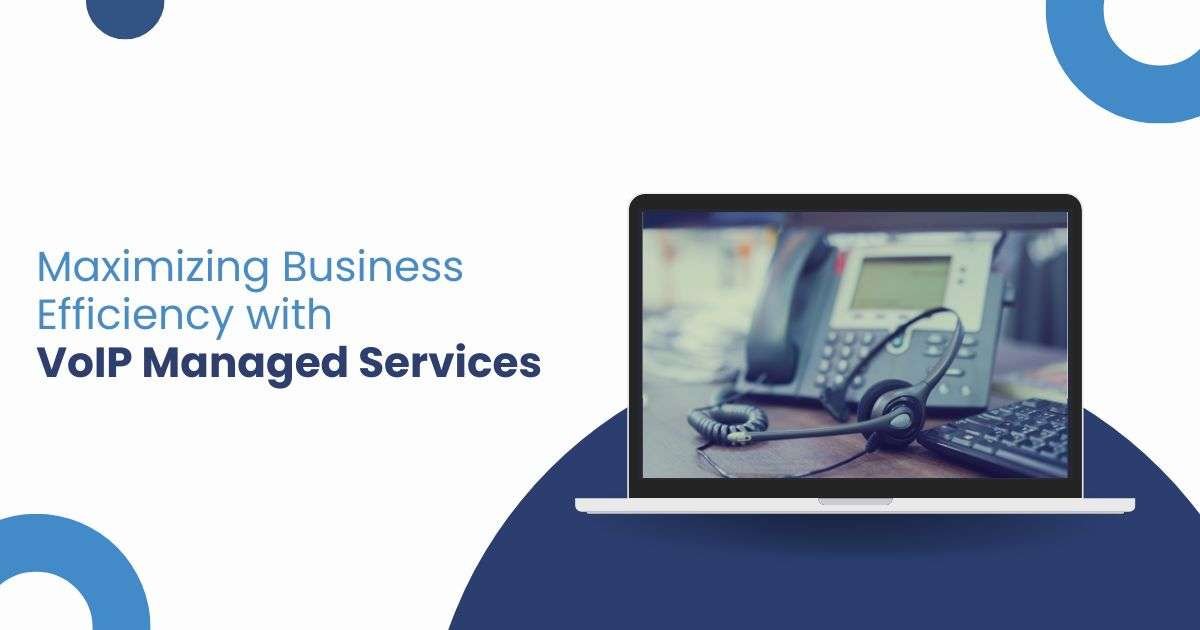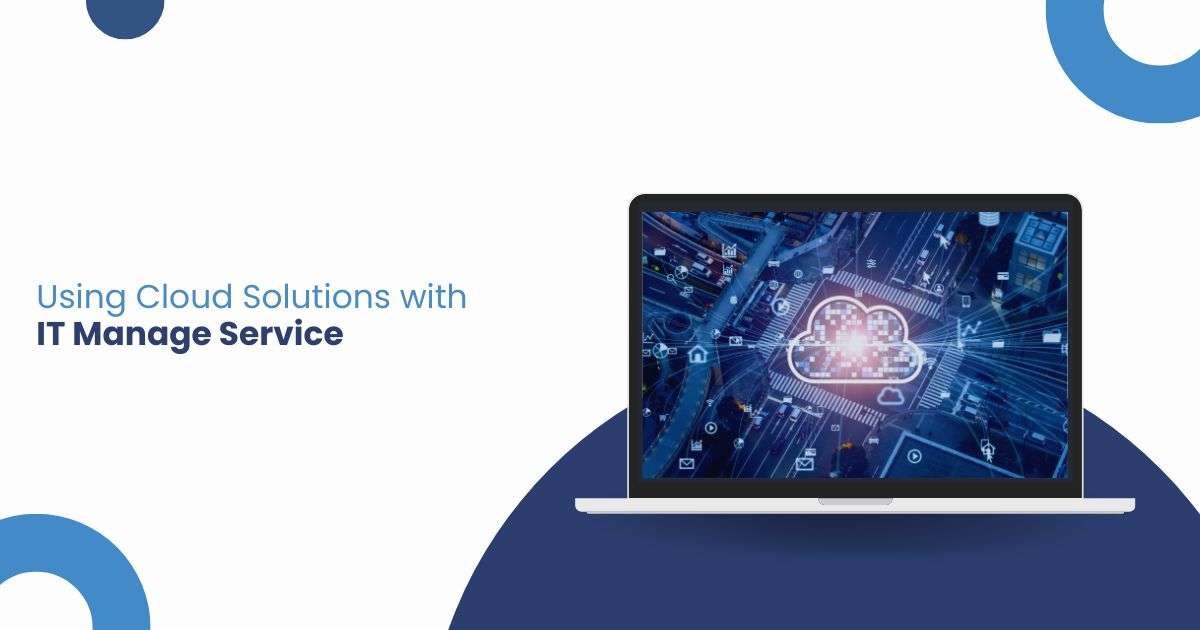
In today’s fast-paced business environment, communication plays a crucial role in driving productivity and efficiency. As VoIP Managed Services continues to evolve, traditional phone systems are being replaced by more advanced and flexible solutions, with VoIP (Voice over Internet Protocol) leading the way. In this article, we’ll explore the...

Encryption and Website Security: Safeguarding Your Online Presence In today’s digital landscape, where cybersecurity threats lurk around every virtual corner, safeguarding your website against malicious attacks is paramount. One of the most potent weapons in your arsenal is encryption. Understanding encryption and its pivotal role in encryption and website...

In today’s digital landscape, the backbone of efficient IT operations lies in robust network solutions. Businesses, regardless of their size or industry, rely on well-designed network infrastructures to navigate the complexities of the digital age. This blog post explores the intricacies of network solutions, delving into their role in...

Leveraging Cloud Solutions in IT Managed Services: In today’s rapidly evolving digital landscape, businesses are constantly seeking innovative ways to streamline their operations, enhance efficiency, and stay ahead of the competition. One of the most transformative technologies driving this evolution is cloud computing. Cloud solutions have revolutionized the way...